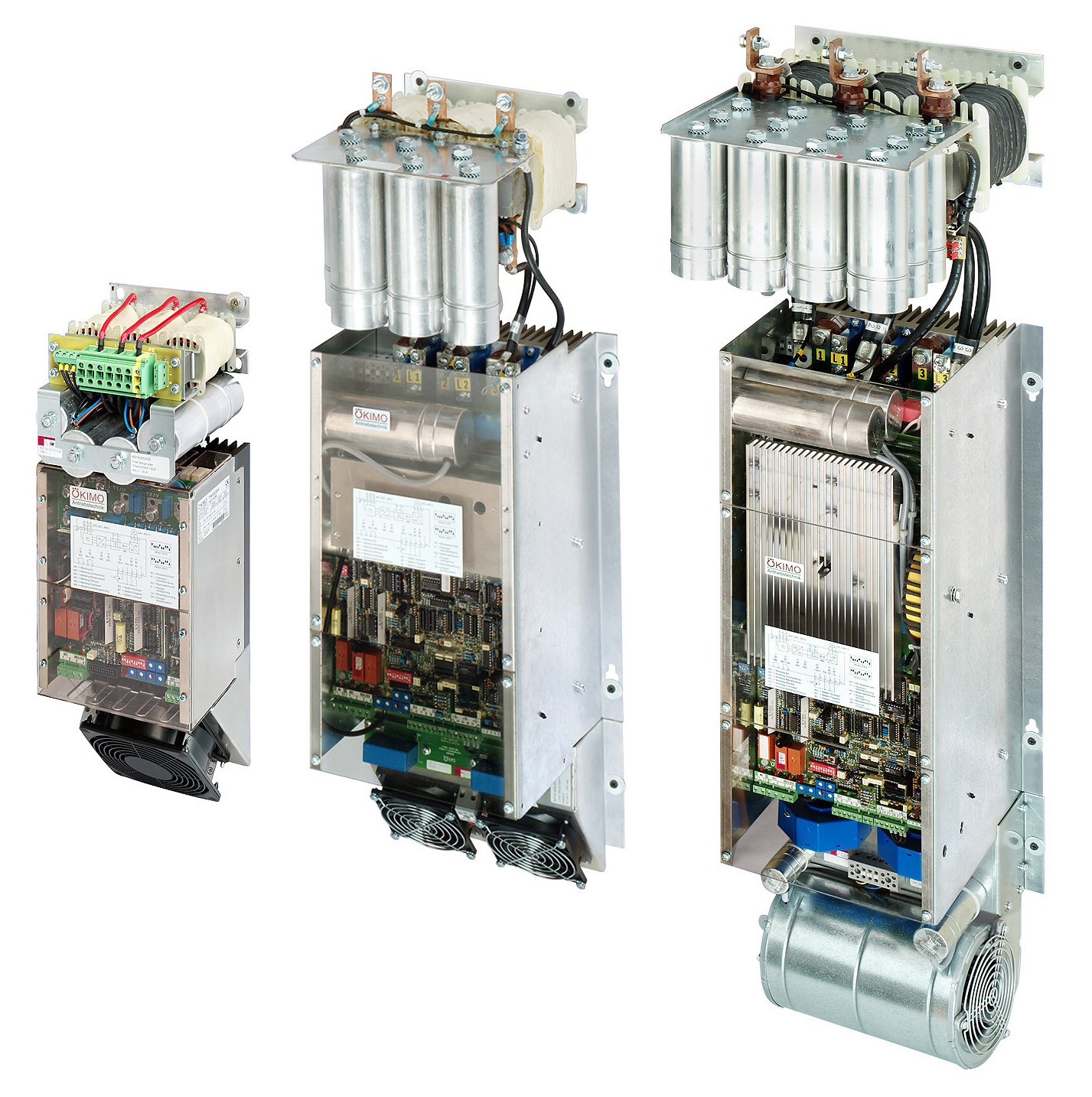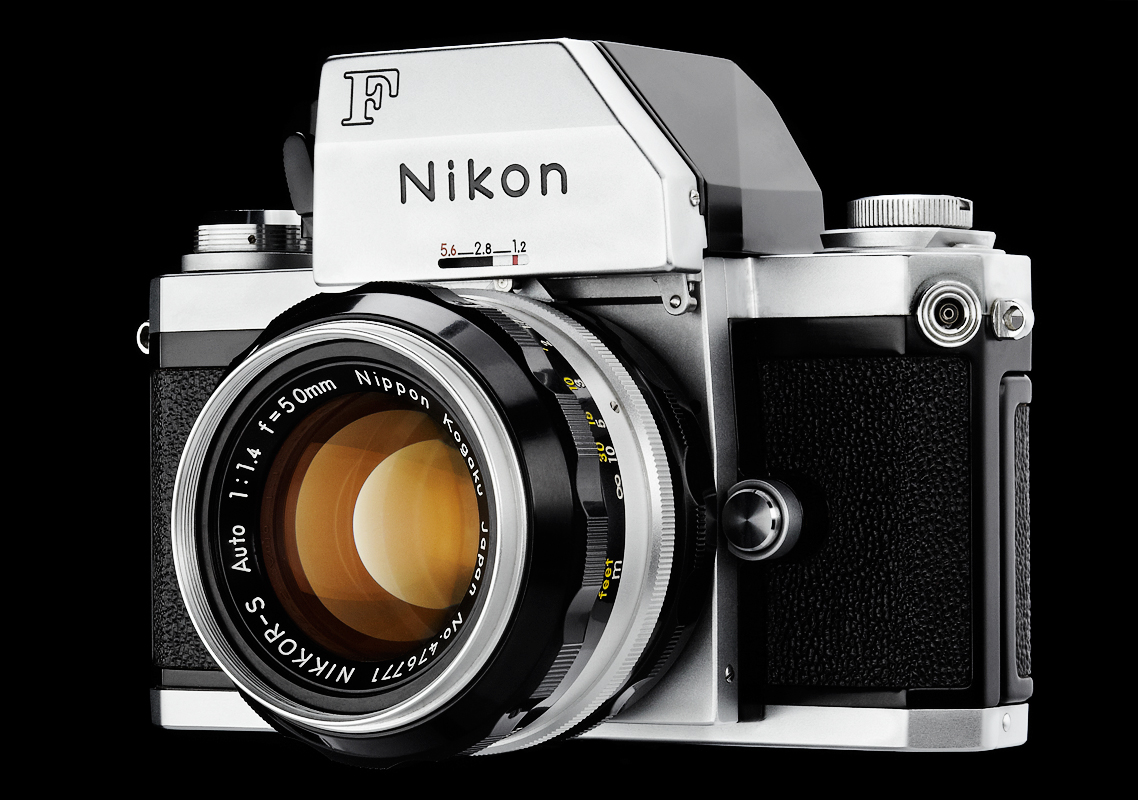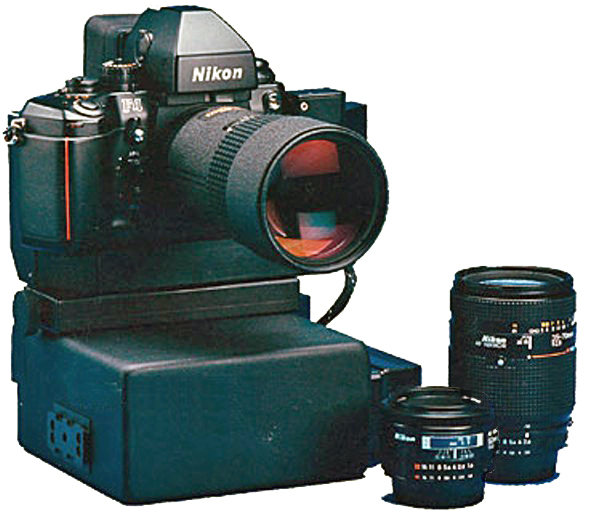|
Nikon FE
The Nikon FE is an advanced semi-professional level, interchangeable lens, 35 mm film, single-lens reflex (SLR) camera. It was manufactured by Nikon in Japan from 1978 to 1983, and was available new from dealer stock until c. 1984. The FE uses a metal-bladed, vertical-travel focal plane shutter with a speed range of 8 to 1/1000 second, plus Bulb, and flash X-sync of 1/125th second. It had dimensions of height, width, depth and weight. It was available in two colors: black with chrome trim and all black. As on the FM, its model designation did not appear on the front of the camera, but was engraved as a small "FE" preceding the serial number on the rear of the housing. History The FE was the replacement for Nikon EL2 of 1977 and is a member of the classic Nikon compact F-series. It uses a rugged aluminum-copper alloy (duralumin) chassis developed from the one introduced in the Nikon FM in 1977, with minor external controls and cosmetic differences. The Nikon compact F-s ... [...More Info...] [...Related Items...] OR: [Wikipedia] [Google] [Baidu] |
Nikon Corporation
(, ; ), also known just as Nikon, is a Japanese multinational corporation headquartered in Tokyo, Japan, specializing in optics and imaging products. The companies held by Nikon form the Nikon Group. Nikon's products include cameras, camera lenses, binoculars, microscopes, ophthalmic lenses, measurement instruments, rifle scopes, spotting scopes, and the steppers used in the photolithography steps of semiconductor fabrication, of which it is the world's second largest manufacturer. The company is the eighth-largest chip equipment maker as reported in 2017. Also, it has diversified into new areas like 3D printing and regenerative medicine to compensate for the shrinking digital camera market. Among Nikon's many notable product lines are Nikkor imaging lenses (for F-mount cameras, large format photography, photographic enlargers, and other applications), the Nikon F-series of 35 mm film SLR cameras, the Nikon D-series of digital SLR cameras, the Nikon Z-series ... [...More Info...] [...Related Items...] OR: [Wikipedia] [Google] [Baidu] |
Nikon F3
The Nikon F3 was Nikon's third professional single-lens reflex camera body, preceded by the F and F2. Introduced in 1980, it had manual and semi-automatic exposure control whereby the camera would select the correct shutter speed (aperture priority automation). The Nikon F3 series cameras had the most model variations of any Nikon F camera. It was also the first of numerous Nikon F-series cameras to be styled by Italian designer Giorgetto Giugiaro Giorgetto Giugiaro (; born 7 August 1938) is an Italian automotive designer. He has worked on supercars and popular everyday vehicles. He was born in Garessio, Cuneo, Piedmont. Giugiaro was named Car Designer of the Century in 1999 and inducted ..., and to include a red stripe on the handgrip – a feature that would later become (with variants of stripes and various other shapes) a signature feature of many Nikon cameras. The F2AS was a current model when the F3 was introduced, and for a while both were sold concurrently. The e ... [...More Info...] [...Related Items...] OR: [Wikipedia] [Google] [Baidu] |
Advanced Photo System
Advanced Photo System (APS) is a discontinued film format for still photography first produced in 1996. It was marketed by Eastman Kodak under the brand name Advantix, by FujiFilm under the name Nexia, by Agfa under the name Futura and by Konica as Centuria. Design The film is 24 mm wide, and has three image formats: * H for "High Definition" (30.2 × 16.7 mm; aspect ratio 16:9; 4×7" print) (1.25 crop compared to 36x24mm full frame) * C for "Classic" (25.1 × 16.7 mm; aspect ratio 3:2; 4×6" print) (1.44 crop compared to 36x24mm full frame) * P for " Panoramic" (30.2 × 9.5 mm; aspect ratio 3:1; 4×11" print) (1.36 crop compared to 36x24mm full frame) The "C" and "P" formats are formed by cropping the 30.2 × 16.7 mm "High Definition" image. The full image is recorded on the film, and an image recorded in one aspect ratio can be reprinted in another. The "C" format has an equivalent aspect ratio to a 135 film image. Most APS cameras (wit ... [...More Info...] [...Related Items...] OR: [Wikipedia] [Google] [Baidu] |
Vignetting
In photography and optics, vignetting is a reduction of an image's brightness or saturation toward the periphery compared to the image center. The word '' vignette'', from the same root as '' vine'', originally referred to a decorative border in a book. Later, the word came to be used for a photographic portrait that is clear at the center and fades off toward the edges. A similar effect is visible in photographs of projected images or videos off a projection screen, resulting in a so-called "hotspot" effect. Vignetting is often an unintended and undesired effect caused by camera settings or lens limitations. However, it is sometimes deliberately introduced for creative effect, such as to draw attention to the center of the frame. A photographer may deliberately choose a lens that is known to produce vignetting to obtain the effect, or it may be introduced with the use of special filters or post-processing procedures. When using superzoom lenses, vignetting may occur ... [...More Info...] [...Related Items...] OR: [Wikipedia] [Google] [Baidu] |
Nikon F-mount
The Nikon F-mount is a type of interchangeable lens mount developed by Nikon for its 35mm format single-lens reflex cameras. The F-mount was first introduced on the Nikon F camera in 1959, and features a three-lug bayonet mount with a 44mm throat and a flange to focal plane distance of 46.5mm. The company continues, with the 2020 D6 model, to use variations of the same lens mount specification for its film and digital SLR cameras. History The Nikon F-mount is one of only two SLR lens mounts (the other being the Pentax K-mount) which were not abandoned by their associated manufacturer upon the introduction of autofocus, but rather extended to meet new requirements related to metering, autofocus, and aperture control. The large variety of F-mount compatible lenses makes it the largest system of interchangeable flange-mount photographic lenses in history. Over 400 different Nikkor lenses are compatible with the system. The F-mount is also popular in scientific and industrial a ... [...More Info...] [...Related Items...] OR: [Wikipedia] [Google] [Baidu] |
Motor Drive
Motor drive means a system that includes a motor. An adjustable speed motor drive means a system that includes a motor that has multiple operating speeds. A variable speed motor drive is a system that includes a motor and is continuously variable in speed. If the motor is generating electrical energy rather than using it – this could be called a generator drive but is often still referred to as a motor drive. A Variable Frequency Drive(VFD) or Variable Speed Drive(VSD) describes the electronic portion of the system that controls the speed of the motor. More generally, the term drive, describes equipment used to control the speed of machinery. Many industrial processes such as assembly lines must operate at different speeds for different products. Where process conditions demand adjustment of flow from a pump or fan, varying the speed of the drive may save energy compared with other techniques for flow control. Where speeds may be selected from several different pre-set ran ... [...More Info...] [...Related Items...] OR: [Wikipedia] [Google] [Baidu] |
Nikon FE With Motor Drive MD12 And Nikkor AI 24mm-2
(, ; ), also known just as Nikon, is a Japanese multinational corporation headquartered in Tokyo, Japan, specializing in optics and imaging products. The companies held by Nikon form the Nikon Group. Nikon's products include cameras, camera lenses, binoculars, microscopes, ophthalmic lenses, measurement instruments, rifle scopes, spotting scopes, and the steppers used in the photolithography steps of semiconductor fabrication, of which it is the world's second largest manufacturer. The company is the eighth-largest chip equipment maker as reported in 2017. Also, it has diversified into new areas like 3D printing and regenerative medicine to compensate for the shrinking digital camera market. Among Nikon's many notable product lines are Nikkor imaging lenses (for F-mount cameras, large format photography, photographic enlargers, and other applications), the Nikon F-series of 35 mm film SLR cameras, the Nikon D-series of digital SLR cameras, the Nikon Z-series of digit ... [...More Info...] [...Related Items...] OR: [Wikipedia] [Google] [Baidu] |
Nikon FE Viewfinder
(, ; ), also known just as Nikon, is a Japanese multinational corporation headquartered in Tokyo, Japan, specializing in optics and imaging products. The companies held by Nikon form the Nikon Group. Nikon's products include cameras, camera lenses, binoculars, microscopes, ophthalmic lenses, measurement instruments, rifle scopes, spotting scopes, and the steppers used in the photolithography steps of semiconductor fabrication, of which it is the world's second largest manufacturer. The company is the eighth-largest chip equipment maker as reported in 2017. Also, it has diversified into new areas like 3D printing and regenerative medicine to compensate for the shrinking digital camera market. Among Nikon's many notable product lines are Nikkor imaging lenses (for F-mount cameras, large format photography, photographic enlargers, and other applications), the Nikon F-series of 35 mm film SLR cameras, the Nikon D-series of digital SLR cameras, the Nikon Z-series of digital mirro ... [...More Info...] [...Related Items...] OR: [Wikipedia] [Google] [Baidu] |
Light Meter
A light meter is a device used to measure the amount of light. In photography, a light meter (more correctly an exposure meter) is used to determine the proper exposure for a photograph. The meter will include either a digital or analog calculator which displays the correct shutter speed and f-number for optimum exposure, given a certain lighting situation and film speed. Similarly, exposure meters are also used in the fields of cinematography and scenic design, in order to determine the optimum light level for a scene. Light meters are used in the general field of architectural lighting design to verify proper installation and performance of a building lighting system, and in assessing the light levels for growing plants. Use in photography The earliest type of light meters were called ''extinction meters'' and contained a numbered or lettered row of neutral density filters of increasing density. The photographer would position the meter in front of his subject an ... [...More Info...] [...Related Items...] OR: [Wikipedia] [Google] [Baidu] |
LR44 Battery
This is a list of the sizes, shapes, and general characteristics of some common primary and secondary battery types in household, automotive and light industrial use. The complete nomenclature for a battery specifies size, chemistry, terminal arrangement, and special characteristics. The same physically interchangeable cell size or battery size may have widely different characteristics; physical interchangeability is not the sole factor in substituting a battery. The full battery designation identifies not only the size, shape and terminal layout of the battery but also the chemistry (and therefore the voltage per cell) and the number of cells in the battery. For example, a CR123 battery is always LiMnO2 ('Lithium') chemistry, in addition to its unique size. The following tables give the common battery chemistry types for the current common sizes of batteries. See Battery chemistry for a list of other electrochemical systems. Cylindrical batteries Rectangular batteries ... [...More Info...] [...Related Items...] OR: [Wikipedia] [Google] [Baidu] |
Nikon FE Top View
(, ; ), also known just as Nikon, is a Japanese multinational corporation headquartered in Tokyo, Japan, specializing in optics and imaging products. The companies held by Nikon form the Nikon Group. Nikon's products include cameras, camera lenses, binoculars, microscopes, ophthalmic lenses, measurement instruments, rifle scopes, spotting scopes, and the steppers used in the photolithography steps of semiconductor fabrication, of which it is the world's second largest manufacturer. The company is the eighth-largest chip equipment maker as reported in 2017. Also, it has diversified into new areas like 3D printing and regenerative medicine to compensate for the shrinking digital camera market. Among Nikon's many notable product lines are Nikkor imaging lenses (for F-mount cameras, large format photography, photographic enlargers, and other applications), the Nikon F-series of 35 mm film SLR cameras, the Nikon D-series of digital SLR cameras, the Nikon Z-series of digital mirro ... [...More Info...] [...Related Items...] OR: [Wikipedia] [Google] [Baidu] |
Nikon FM3A
The Nikon FM3A is an interchangeable-lens, focal-plane shutter, 35 mm film, single-lens reflex ( SLR) camera. It was manufactured by Nikon Corporation in Japan, on small-volume assembly lines, from 2001 to 2006. The camera was available in two colours: all black and satin chrome. The introductory US list price for the chrome body only (no lens) was $820. The FM3A was the successor to the renowned Nikon FM2N camera of 1984 and was the last member of the successful, semi-professional line of Nikon compact 35 mm film SLRs. The other members were the Nikon FM (released 1977), FE (1978), FM2 (1982) and FE2 (1983). They (and the Nikon FA) all used the superficially similar (but not identical) rugged copper-aluminium alloy chassis and high-quality Nikon vertical bearing-mounted metal shutter and ball-bearing mounted film advance, but with improved feature levels, minor external controls and cosmetic differences. The newer low-budget Nikon FM10 and FE10, while named simila ... [...More Info...] [...Related Items...] OR: [Wikipedia] [Google] [Baidu] |










